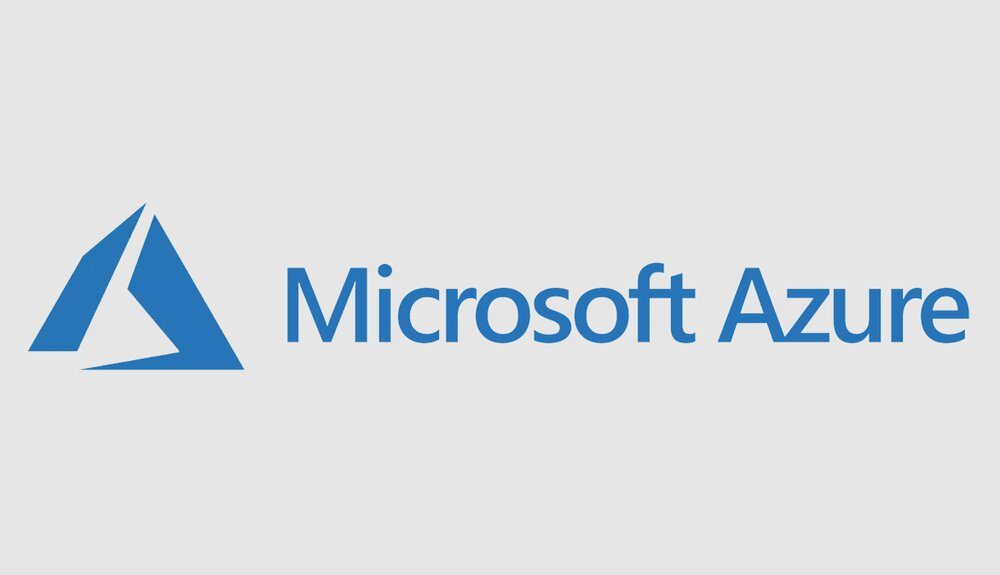
Microsoft already supports ARM-based virtual machines in Azure. After testing the technology since the beginning of the year, these virtual machines will be available starting September 1 in 10 Azure regions spread over different regions. In addition, the ability to include ARM-based instances in managed Kubernetes clusters with Azure Kubernetes Service (AKS) will also arrive, although for now in testing. This new capability will arrive in the coming weeks in the same regions where ARM-based virtual machines will be enabled.
Those of Redmond announced the launch of compatibility with ARM, in tests, last April. So they pointed out that the D and E series virtual machines would work with servers based on Ampere Altra processors. These are designed for cloud-native workloads that can scale out. So, he also pointed out that these virtual machines could have up to 50% better performance than similar instances running on x86 hardware.
During this testing phase, according to Microsoft, there are several hundred of the company’s customers who have evaluated the ARM architecture with various workloads, such as application and web servers, open source databases, microservices, Java and .NET applications, gaming and media servers. Throughout these weeks, the company has also been working with various open source providers to make various Linux distributions available on Azure for its ARM-based virtual machines. Among them Ubuntu, Red Hat Enterprise Linux, Suse Enterprise Linux, CentOS and Debian. Alma Linux and Rocky Linux will also arrive in the future.
D-series virtual machines are intended for general purpose, while E-series are optimized for memory. All new virtual machines receive up to 40 Gbps of network bandwidth, and can be attached to different storage possibilities: standard SSD drives, conventional hard drives, Premium SSD drives and Ultra Disk storage. Some virtual machine instances have local SSD storage. Among them those of the Dpdv5, Dplfv5 and Epdv5 series.
The regions in which the ARM-based virtual machines will be available are five in the United States, two in Europe, another two in Asia and one in Australia. Microsoft already has plans, yes, to increase this number in the future.
Paul Nash, Vice President of Microsoft’s Azure Computing Platformhe also recalled that «customers build and run a wide variety of workloads on Azure, whether they are transforming and modernizing their businesses or developing innovative new distributed apps and services. In addition, customers want to maximize operational efficiency and are taking a holistic approach across their application portfolio. They are also beginning to assess sustainability factors and the overall impact of their technology choices. Azure Ampere Altra-based virtual machines represent a cost- and power-effective option that doesn’t compromise the level of performance customers need«.



